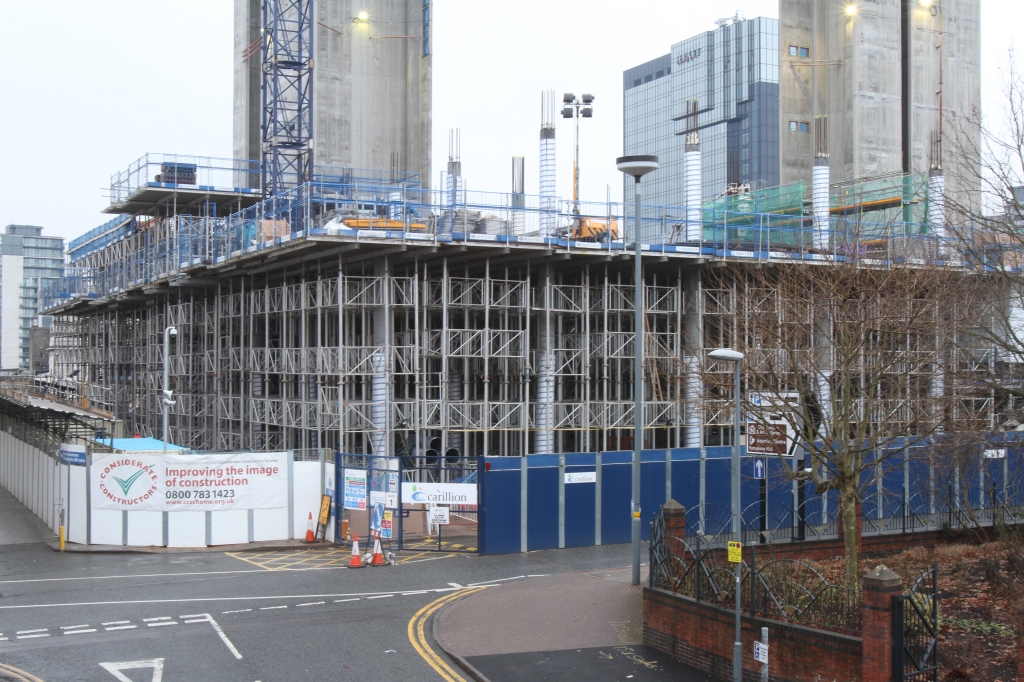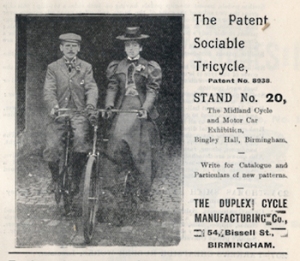The recent Birmingham Commonwealth Games were an undoubted highlight of 2022, drawing huge numbers of visitors from across the world. The library became an operational hub for the City Council Games Team and a training venue for volunteers and other staff. Further to this, Archives and Collections recently received an archive documenting an associated project, as well two collections containing born-digital records, one relating to the Games, the other to the library itself.
In October 2020 the Birmingham-based Asian cultural organisation SAMPAD announced the awarding of a major grant by the Heritage Lottery Fund to curate two major photographic exhibitions alongside an extensive community engagement programme to coincide with the 2022 Games. From City of Empire to City of Diversity: A Visual Journey drew extensively on the photographic archive of the Dyche Studio. The project gathered an extensive digital archive documenting various aspects of the exhibition and outreach programme.
The archive was recently transferred via a series of OneDrive transfers. Some of the digital photos were taken by professional photographers. Using applications like EXIF Tool I pulled out useful technical and structural metadata that can help us identify the rights information, date/time taken, and other technical information. However, many others were captured on a variety of mobile devices. File naming conventions vary, in some cases EXIF camera metadata has been stripped out and important contextual information lost, particularly where images may have been re-copied or converted from another format. Challenges aside, as a legacy record of project outputs the archive is extremely valuable, particularly the recorded memories of workshop attendees who had migrated here and contributed so much to the city during the decades after the Second World War.
Towards the end of September, we received a collection of largely digital photos taken by the Host City Volunteers recruited to greet and direct visitors during the recent Games, plus some digital film footage and training presentation slides. Most of the photos were captured on mobile devices, providing a street record of volunteers engaging with visitors across Birmingham. Others show volunteer recruitment and training sessions held at various venues.

The photos were deposited by a manager of the City Council Commonwealth Games Team towards the end of September. Similar issues to MS 5040 were identified – for example incomplete metadata and robustness of file formats. Some images comprise screengrabs from social media feeds. Duplicate images were also flagged and removed from the deposit post-transfer.
Metadata files were created detailing street location and subject matter of each image. The photos have been ingested into our Preservica digital repository system, where preservation monitoring can be undertaken more effectively – one file has been corrupted and cannot be rendered in the system, for example, whilst in other cases the characterisation process revealed various cases where file extensions do not match the technical characteristics of the images itself! For now, we can retain a duplicate copy of the archive outside Preservica, analyse the problematic files in more detail, and hopefully re-ingest content again later. The photographs capture the sense of energy and colour that was palpable here during those weeks, highlighting Centenary Square (where the Games Megastore was situated) as a focal area for volunteer activity.
In terms of the history of the Centenary Square site, a large collection of digital photographs and paper records came to us last year showing the construction of the Library of Birmingham a decade ago. The material will be added to the City Council archive and presents a detailed month-by-month visual record of construction works at ground level (taken by Perspective-I) and from above (by Commission Air) over the period 2010-2013.

The images were taken using high-spec equipment – image metadata remains intact, image folders and storage devices clearly labelled, and image rights transferred to the Council as part of the contract. I have very recently got round to moving the images into Preservica. Although there have been no major technical issues, progress has been slow due to the large volume of material, amounting to around 30 gigabytes of data stored on 40 portable storage devices!
All these collections present their own innate challenges in terms of management and preservation, yet in all have intrinsic value in terms of documenting of recent heritage projects and events as well as the modern history of the city, making a persuasive case for the need to develop workflows and systems which ensure these resources survive and remain accessible for future generations.
Michael Hunkin, Digital Preservation Officer










![Nellie Batson Loines (far right) and team-mates in Copenhagen, 1959. [MS 2739/3/1/4/6]](https://theironroom.files.wordpress.com/2014/01/nellie-batson-loines2.jpg)
![Itinerary for a visit to Denmark in 1959 [MS 2739/1/1/4]](https://theironroom.files.wordpress.com/2014/01/nellie-batson-loines1.jpg?w=500)




